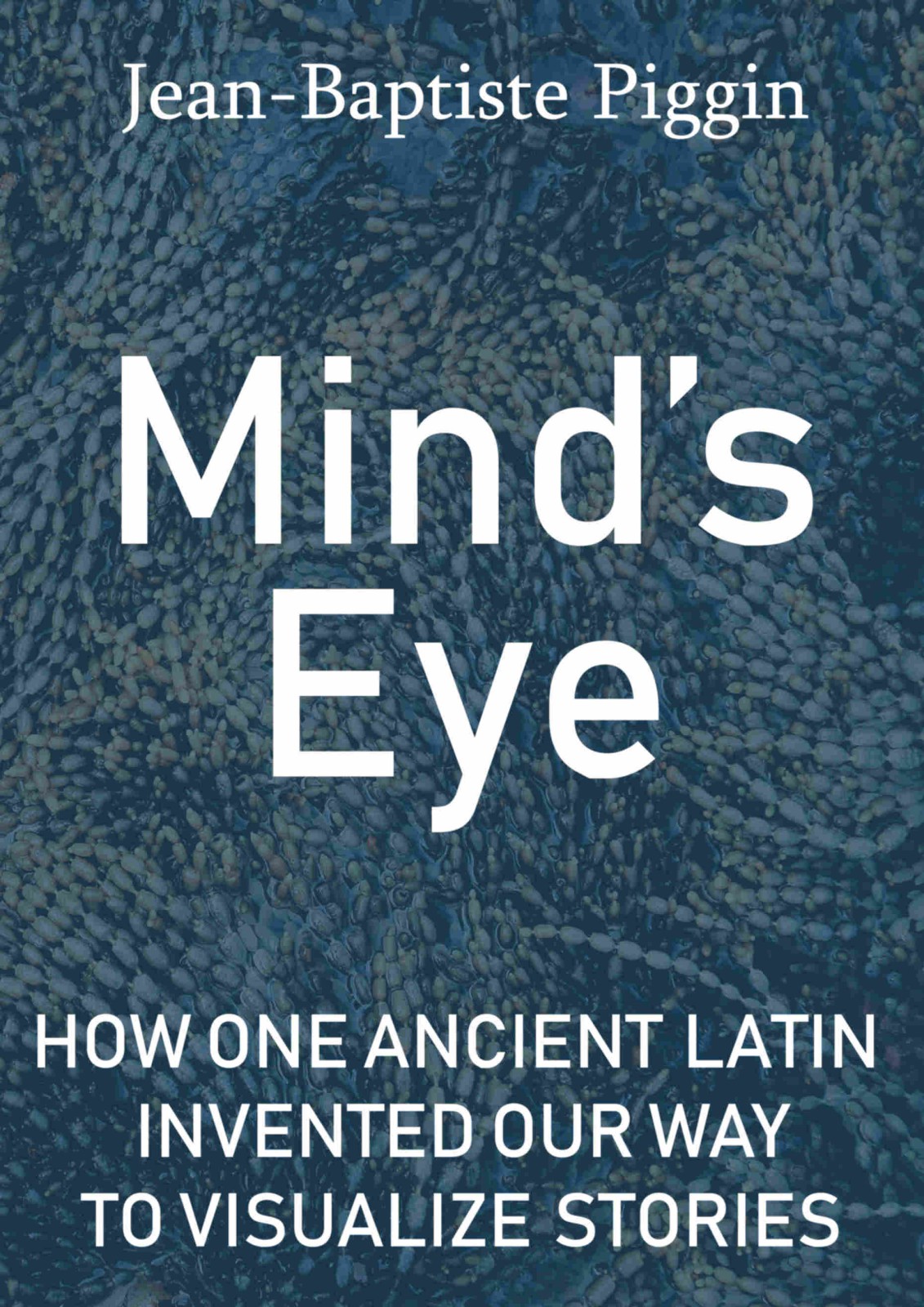A scholarly correspondent has taken me to task over the term "stemmata", saying these figures in the medieval manuscripts are properly called "diagrams" in English. That rather misses the point. Conceptually, there are three different ways of seeing the figures. One is to consider their meaning as art, contemplating the world of significance behind them. That is the focus of Christiane Klapisch-Zuber's book,
L'Ombre des Ancêtres, which uses the extraordinary
Arbre of Loyset Liédet as its cover illustration. The wordless Liédet image, showing various well-dressed people impossibly perched in a strangely sick tree, seems senseless unless one understands the art-historical context in which it was painted. Another aspect of stemma figures is clearly diagrammatic. Like geometrical figures (for example cubes and pyramids) or plans (such as that of the
locus sanctus), they engage with our spatial intelligence and
illustrate text, following the dictum, "One picture is worth a thousand words." But the third aspect of the figures is typographical, considering how text can be rearranged on the page to make its meaning clearer. The stemmata of Cassiodorus do not
have to be arranged in graphical form (Mynors converted most of them back to linear text in his critical edition of the
Institutiones), but, like poetry, these texts are enormously improved by a sympathetic spatial arrangement. The connecting lines support and enhance the connecting words. The stemma has a dual character: it is both art and text. The word "stemma" is the appropriate term for this special type, even if the figure can also be discussed in the wider categories of art motifs or diagrams. The Macro-Typography
website focuses on how text is arranged to make its meaning clear.


